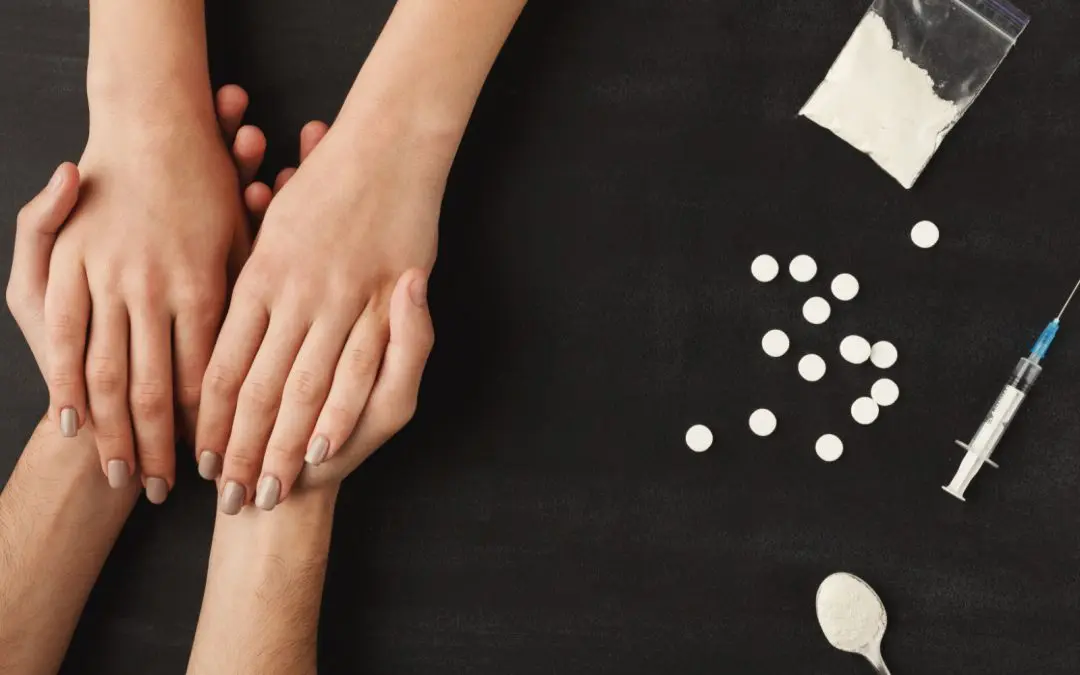24/7 Helpline:
(866) 899-221924/7 Helpline:
(866) 899-2219
Learn more about Inpatient Rehab centers in Peru

Other Insurance Options

Access to Recovery (ATR) Voucher

Kaiser Permanente

Meritain

Amerigroup

Horizon Healthcare Service

Excellus

Providence

Covered California

Optima

Regence

Oxford

Premera

Choice Care Network

United Health Care

Self-pay options

WellCare Health Plans

MHNNet Behavioral Health

Humana

BlueCross

BlueShield

Four County Counseling Center
Four County Counseling Center, in Peru, Indiana, is an outpatient mental and behavioral health care ...

VA Northern Indiana Health Care System – Peru Community Based Outpatient Clinic
Peru Community Based OutPatient Clinic is a clinic located in Peru, IN. Peru Community Based OutPati...












